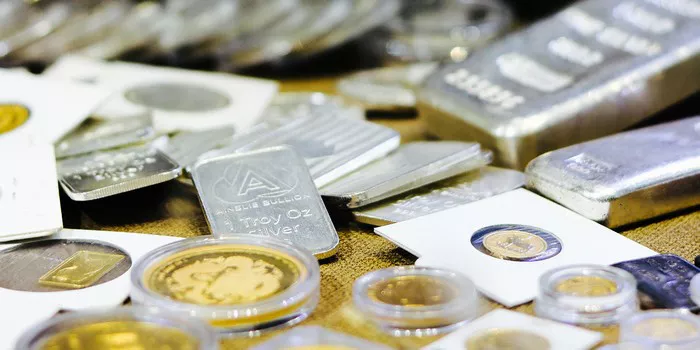In the realm of precious metals investing, the perennial question often arises: should one invest in silver or gold? Both metals have long been considered valuable assets, each with its unique properties and investment characteristics. This article aims to provide a thorough analysis to help investors make informed decisions based on their specific needs and objectives.
Current Market Prices
As of the latest data, the price of silver per ounce is approximately $28.091, while the price of gold per ounce hovers around $2,334.202. These figures provide a snapshot of the current market conditions and serve as a foundation for further exploration into the dynamics of silver and gold investing.
Historical Price Trends
Examining historical price trends is crucial for understanding the performance of silver and gold over time. Gold has a reputation for being a stable store of value, with prices often exhibiting less volatility compared to silver. However, silver has shown greater price fluctuations, influenced by both investment demand and its industrial uses. While both metals have experienced periods of significant growth, gold has historically outperformed silver in terms of long-term price appreciation.
Volatility Comparison
One of the key distinctions between silver and gold is their respective levels of price volatility. Silver tends to be more volatile than gold, meaning its prices can experience sharp fluctuations over relatively short periods. This higher volatility presents both opportunities and risks for investors. While it can lead to potentially higher returns during bull markets, it also increases the likelihood of significant losses during downturns.
Gold, on the other hand, is prized for its stability and acts as a hedge against market uncertainty and inflation. Its lower volatility makes it an attractive option for conservative investors seeking to preserve capital and mitigate risk in their portfolios.
Economic Factors
Various economic indicators play a significant role in influencing the prices of gold and silver. Inflation, currency fluctuations, and interest rates all impact the perceived value of these precious metals. Gold, in particular, is often viewed as a safe haven asset during times of economic turmoil or when fiat currencies depreciate. Silver, while also serving as a store of value, is more susceptible to fluctuations in industrial demand due to its extensive use in manufacturing and technology sectors.
Industrial Demand
Unlike gold, which is primarily valued for its monetary and investment properties, silver boasts a wide range of industrial applications. From electronics and solar panels to medical devices and jewelry, silver plays a vital role in various industries. Consequently, fluctuations in industrial demand can significantly influence the price of silver, making it more sensitive to changes in global economic conditions compared to gold.
Investment Forms
Investors have multiple options for gaining exposure to both gold and silver markets. These include physical assets such as bullion bars and coins, as well as financial instruments like exchange-traded funds (ETFs) and mining stocks. Each investment form offers distinct advantages and considerations in terms of liquidity, storage, and counterparty risk.
Liquidity and Storage
When comparing the liquidity of gold and silver investments, gold typically holds the upper hand. Gold markets are larger and more liquid than silver markets, allowing investors to buy and sell large quantities of the metal with relative ease. Additionally, gold’s higher value density means that storing significant amounts of wealth in gold requires less physical space compared to silver. However, both metals require secure storage facilities to safeguard against theft and damage.
Diversification Benefits
Gold and silver can serve as effective diversification tools within an investment portfolio. Their low correlation with traditional assets such as stocks and bonds means that they can help reduce overall portfolio risk. Moreover, their ability to retain value over time, particularly during periods of economic uncertainty, makes them valuable components of a well-balanced investment strategy.
Investment Goals
The choice between silver and gold ultimately depends on an investor’s specific goals, risk tolerance, and time horizon. For those seeking stability and preservation of wealth, gold may be the preferred option due to its lower volatility and historical track record as a store of value. Conversely, investors with a higher risk appetite and a long-term investment horizon may find silver’s potential for higher returns appealing, despite its greater price volatility.
Expert Insights
Financial experts offer valuable insights into the current and future outlook for gold and silver investments. While opinions may vary, many analysts view both metals as viable assets for hedging against inflation, currency devaluation, and geopolitical uncertainties. However, it’s essential for investors to conduct their own research and seek guidance from qualified professionals before making investment decisions.
Conclusion
In conclusion, the decision to invest in silver or gold depends on a variety of factors, including market conditions, economic indicators, and individual preferences. Both metals offer unique advantages and considerations, and a well-informed approach is crucial for achieving investment objectives and managing risk effectively in the dynamic world of precious metals investing.


